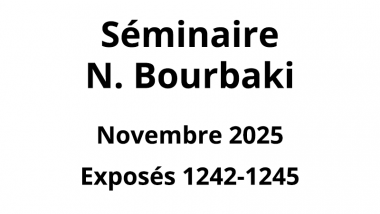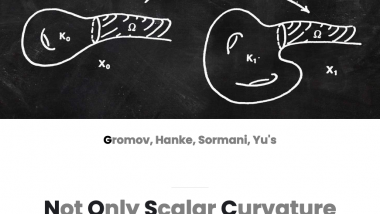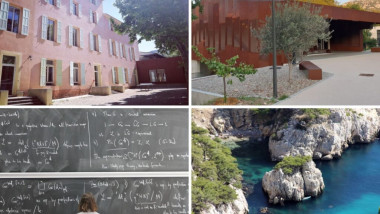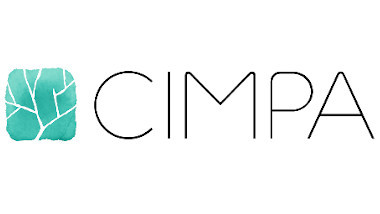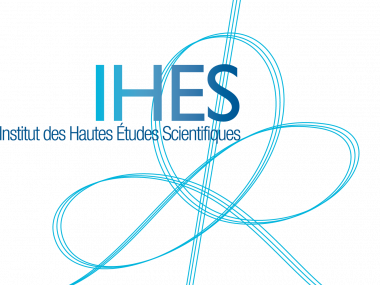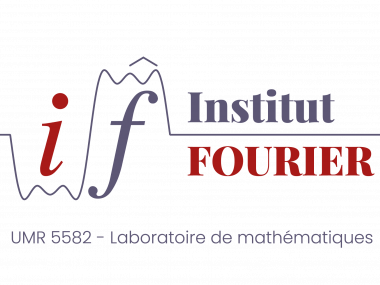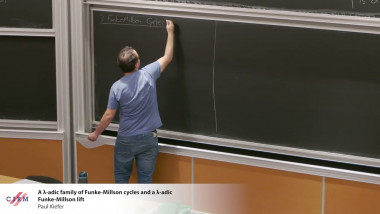
A $\lambda$-adic family of Funke-Millson cycles and a $\lambda$-adic Funke-Millson lift
By Paul Kiefer
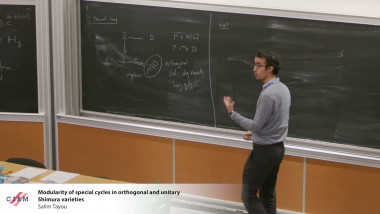
Modularity of special cycles in orthogonal and unitary Shimura varieties
By Salim Tayou

Phase Transitions and Mittag-Leffler Functions for Critical Schemes Under the Gibbs Model
By Cyril Banderier
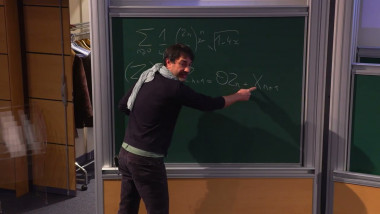
Persistence Probabilities for Random Walks and Related Processes
By Kilian Raschel
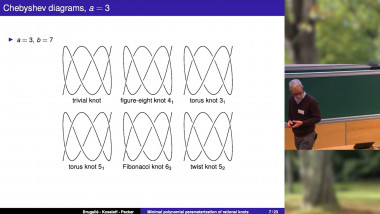
Minimal Polynomial Parameterization of Rational Knots
By Pierre-Vincent Koseleff
